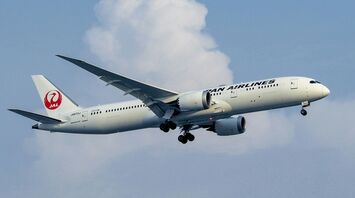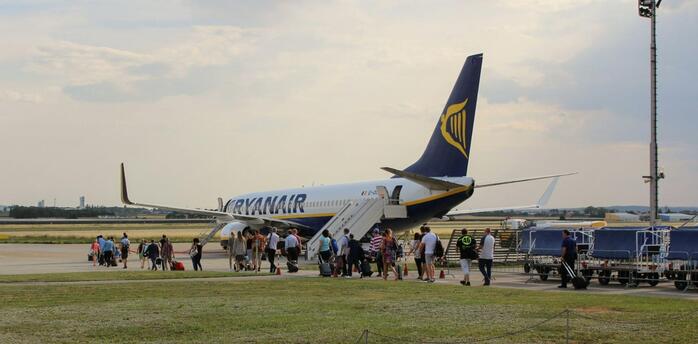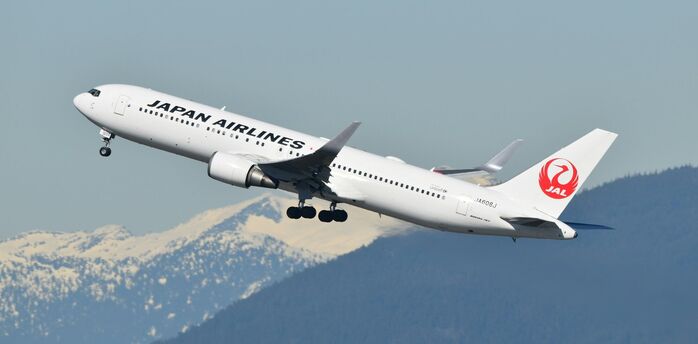Japan Sets Its Sights on a Revolutionary Next-Gen Passenger Jet

Japan is embarking on an ambitious journey to pioneer the development of a next-generation passenger aircraft, a move set to redefine the aviation landscape in the mid-2030s. This announcement comes on the heels of the SpaceJet program's discontinuation, redirecting Japan's aerospace ambitions towards creating a more sustainable and environmentally friendly future in air travel.
The new initiative, backed by the Japanese government and several leading companies from various sectors, including automotive, space, and energy, aims to leverage alternative energy sources, such as hydrogen, to power the proposed jet. This collaborative approach marks a significant departure from the SpaceJet's single-company endeavor, which was marred by delays and technical hurdles, ultimately leading to its cancellation.
Japan's Ministry of Economy, Trade, and Industry has outlined a vision where the nation not only maintains its status as a key player in the aircraft component supply chain but also emerges as a frontrunner in the development of carbon-neutral aviation technologies. The government has earmarked an investment that could total 5 trillion yen ($33 billion) towards realizing this vision, with a projected service entry date for the new aircraft around 2035.
Kazuchika Iwata, Japan's State Minister for Economy, Trade, and Industry, emphasized the strategic importance of this project, stating, "For the Japanese aircraft industry to achieve sustainable growth, we cannot stay satisfied with our position as a parts supplier. In the new business fields of carbon-neutral technologies, including hydrogen, we aim to take a leading position."
This groundbreaking initiative represents not just an advancement in technology but a commitment to decarbonizing air transport. The proposed aircraft, likely to be a regional narrowbody, signifies a critical step forward in the aviation industry's ongoing efforts to combat climate change and reduce its carbon footprint.
If the project reaches fruition by the planned date, it will be over seven decades since Japan last introduced a homegrown commercial aircraft, the NAMC YS-11 turboprop, which took its maiden flight in 1962. This historic endeavor reflects Japan's aspirations to significantly expand its aviation industry, potentially increasing its current size fivefold in the next twenty years.
As the global community increasingly focuses on sustainable development and green technologies, Japan's pursuit of a next-generation passenger jet powered by alternative energy sources sets an inspiring example of innovation and collaborative effort towards a greener future.



















